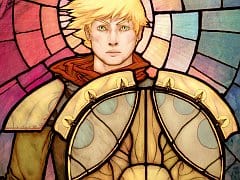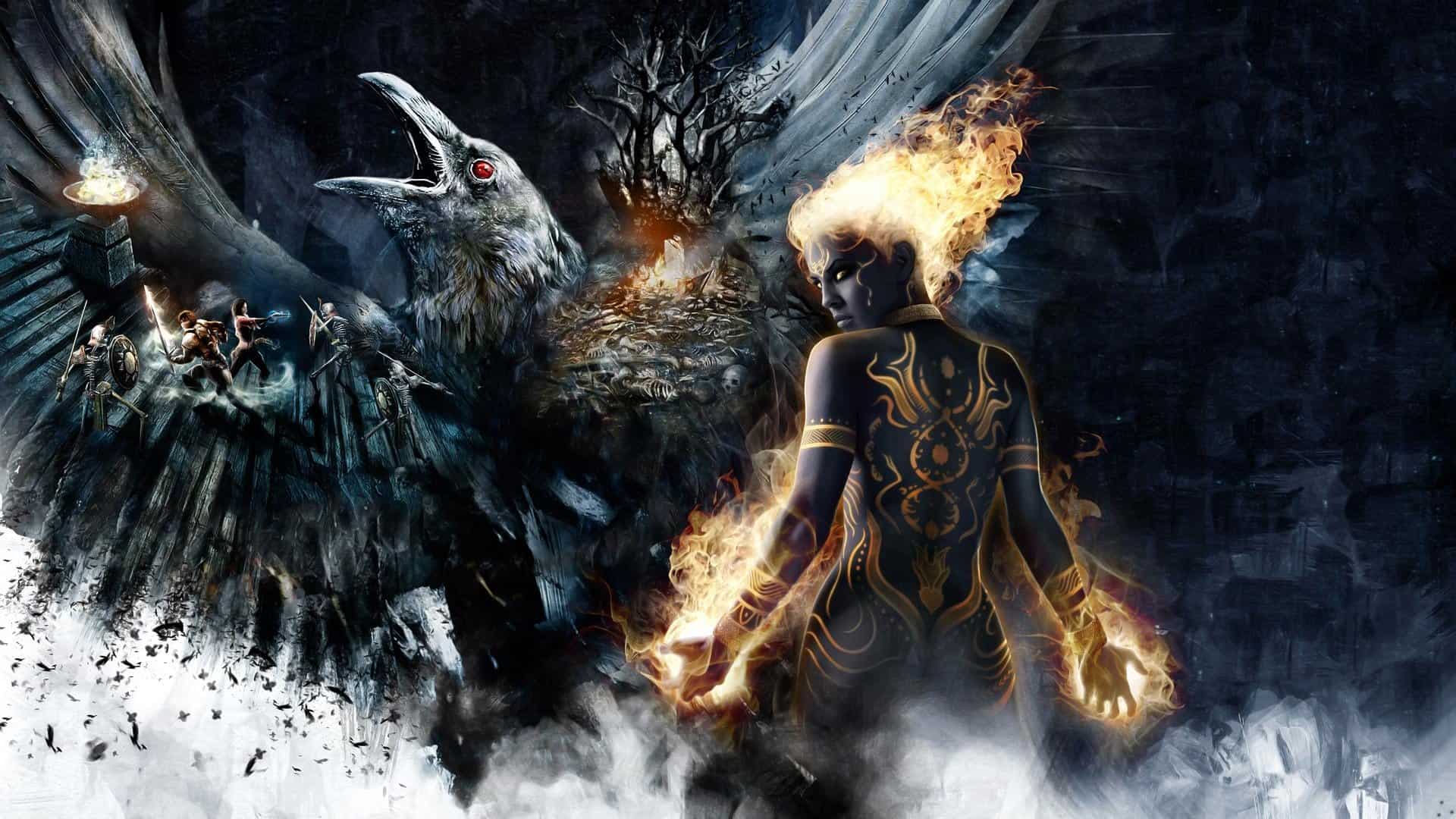You can trust VideoGamer. Our team of gaming experts spend hours testing and reviewing the latest games, to ensure you're reading the most comprehensive guide possible. Rest assured, all imagery and advice is unique and original. Check out how we test and review games here
After holding onto the franchise for two games, Chris Taylor and the original developers of Dungeon Siege passed on the baton. Now the franchise is in the hands of Obsidian – a developer with a CV that covers everything from Neverwinter Nights 2 to Fallout: New Vegas. They’re old hands at taking one company’s IP and making a sequel out of it, but in this case they’re both making the third entry in a series, and herding it onto console for the first time.
We covered the game’s story in our last preview where I met single-player hero Lucas Montbarron. Lucas is one of the few residual members of an ancient crew of protectors called the 10th Legion, tasked with trying to save his kingdom from falling into darkness. Another day, another mob, eh Lucas? Montbarron may be the star of the story, but the heart of this dungeon crawler’s combat lies in its multiplayer experience. Dungeon Siege III supports up to four players at once, online and offline, with a flexible jump in/jump out system. Earlier this week we were able to try out its two-player co-op system for the first time, at Square Enix’s Wimbledon office.
You’ve met Lucas, so now say hello to Anjali, character number two of four to officially be introduced by Obsidian. Imagine something between an Amazonian and Jean Grey-cum-Phoenix, and you should get the picture. She’s your friendly neighbourhood Archon: part woman, part fire-casting spirit-thing, and the complimentary character to Lucas’ high-DPS-meets-defensive warrior persona. As in the single-player mode, traditional classes have been swapped for a more fluid kind of hero. All characters are able to switch between stances, granting different abilities to instantly jump between.
Anjali balances melee abilities in her human form, moves that she uses against multiple enemies at once, with spellcasting fire spells in her spirit form, for one-on-one fights. Both characters are designed with a faint jack-of-all-trades mentality in mind. Lucas and Anjali both have minor self-healing abilities and can resurrect the other player if they’ve fallen in battle, atypical skills for characters that don’t specialise in healing. They can also block and dodge throughout combat, similarly atypical moves for spellcasting characters.
But these flexible sensibilities still allow for characters to have their specific strengths. Anjali, for instance, can unlock the spell Cauterise, which works in unison with her area-of-effect ability: a ring of fire that deals damage to enemies but heals teammates who stand within it. It’s often a life-saver: one of the later bosses summons groups of skeletal crews every so often, and here the damage-meets-healing power provides essential crowd control. Elsewhere it has less of an effect, particularly against other ranged spellcasters, at which point Anjali relies more on twitch combat to survive. With streams of magic pouring toward Anj, a combination of rolling and dodging between enemy attacks becomes her primary defensive strategy. Dungeon Siege is a fast-paced game, but you’re encouraged to think about what the best stance might be in any given situation, and how it might compliment your group’s abilities.
The multiplayer experience feels less co-operative once we hit the narrative. This is multiplayer squeezed into what’s essentially still a single-player game, with co-op partners functioning as guests within your game, rather than importing their own single-player character and experience. While group combat works well, Dungeon Siege III is very much designed to cater to one individual at a time, specifically because of a story that’s driven by Mass Effect-style conversation wheels, morality decisions, and interactions with NPCs. Obsidian’s solution is a voting system that lets the other player highlight the dialogue option they want to go for. It’s a clever work-around, but it remains to be seen whether this stab at democracy will actually work.
Still, it’s an intriguing concept. Obsidian’s Dungeon Siege feels like an amalgamation of ideas that have been steadily growing in the genre since Taylor’s original was released in the early Noughties. There’s everything from BioWare-styled dialogue to the use of multiple combat styles, a la The Witcher. These are the features of a game that can offer a few more complexities on top of what is, at a basic level, a traditional dungeon crawler. The developers are trying to balance multiplayer action with a story geared around single-player choice, but with up to four characters joining the fray at a time, there’s a possibility that the final game may feel cramped.
Dungeon Siege III is due for release on PC, Xbox 360 and PS3 later this year.

/https://oimg.videogamer.com/images/692a/dungeon_siege_3_24.jpg)
